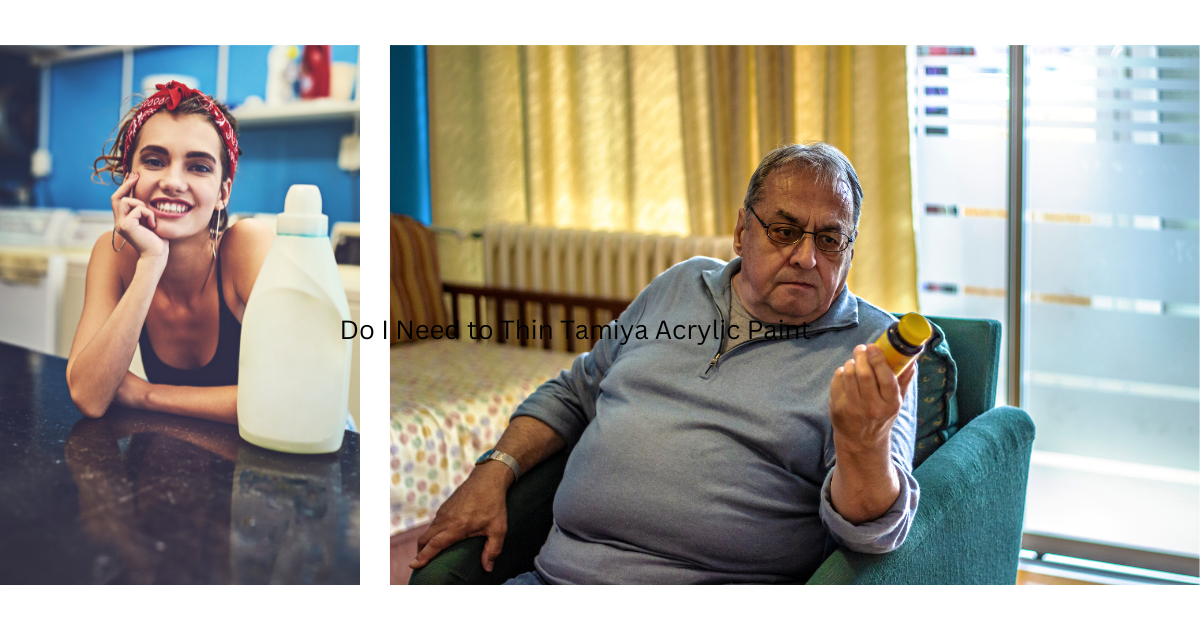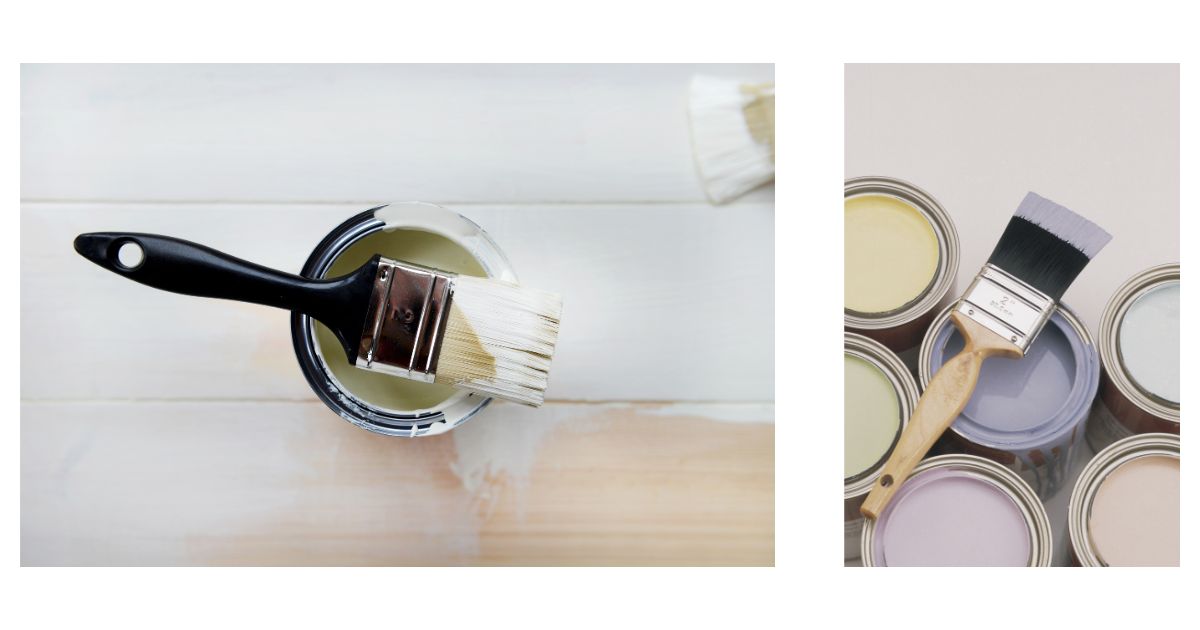When it comes to giving your home a fresh new look, choosing the right paint is crucial.
“You may be tempted to use exterior paint inside your house, thinking that its durability will make it a perfect choice.”
However, it’s important to understand that interior and exterior paints are specifically designed for different purposes.
In this article, we will explore the key differences between interior and exterior paints and explain why it’s best to use each type in its intended setting.
Exterior Paint vs. Interior Paint – What Sets Them Apart?
The names themselves provide a clue to the primary difference between exterior and interior paints – one is meant for outdoor use, while the other is formulated for indoor application.
However, the dissimilarities go beyond their usage.
- Intention: Interior paints are designed to withstand frequent washing and scrubbing, as they are used in areas where walls require regular maintenance. Exterior paints, on the other hand, are formulated to resist damage from outdoor elements, where rigorous cleaning is not necessary.
- Formulation: Both interior and exterior paints have specific formulations to meet their respective requirements. Exterior paints typically contain higher quality solids to resist the sun’s UV rays, while interior paints have lower solids and fewer Volatile Organic Compounds (VOCs) to endure regular upkeep.
- Performance: While both types of paint are expected to perform effectively, using interior paint outdoors will not provide adequate protection against mold, mildew, and sun damage. Conversely, using exterior paint indoors can release strong fumes that are harmful to inhale.

Why You Should Avoid Using Exterior Paint Inside:
- Chemicals: Exterior paints contain chemicals and higher levels of VOCs, such as resins, fungicides, formaldehyde, and ethyl acetate. These chemicals can adversely affect indoor air quality and leave behind strong fumes, posing health risks to occupants.
- Fumes: VOCs in exterior paints generate harmful fumes, which can cause eye, nose, and throat irritation, difficulty breathing, nausea, lightheadedness, and headaches. Prolonged exposure to these fumes can be particularly dangerous for vulnerable individuals, such as children, the elderly, and those with respiratory conditions.
- Price: Exterior paints are generally more expensive due to the additional ingredients used to enhance durability, moisture resistance, and color fading resistance. Interior paint, with its simpler composition, is typically more affordable as these additives are not required.
Consequences of Using Exterior Paint Inside:
Using exterior paint indoors can have several negative consequences. The release of harsh chemicals and fumes can compromise indoor air quality and lead to respiratory issues.
Moreover, the finish achieved with exterior paint may differ from that of interior paint, resulting in a softer and more flexible surface.
Durable Alternatives for Interior Use:
While exterior paint should be reserved for outdoor surfaces, there are alternatives to ensure durability indoors:
- Sheen: Consider the sheen of the paint. Higher gloss options like semi-gloss or high gloss are more durable and suitable for areas prone to moisture or grease, such as kitchens and bathrooms.
- Brand/Quality: Choose a reputable paint brand known for its quality. Researching consumer ratings and reviews can help you make an informed decision.
- Primer: Priming the surface before painting can enhance durability and longevity. It provides a solid base for the paint to adhere to and can prevent chipping and fading.
- Coats: Applying multiple coats of interior paint ensures an even distribution and improves the paint’s durability. It helps maintain the integrity of the finish and minimizes the risk of chipping and fading.
Exterior paint vs Interior Paint
| Aspect | Exterior Paint | Interior Paint |
|---|---|---|
| Intended Use | Designed for outdoor surfaces subjected to weather elements. | Specifically formulated for indoor surfaces. |
| Washability | Resistant to frequent washing and scrubbing. | Designed to withstand regular cleaning and maintenance. |
| Formulation | Contains higher quality solids to resist UV rays and weathering. | Lower solids content and fewer VOCs for indoor air quality and maintenance. |
| Performance | Provides durability against outdoor conditions, including mold and mildew. | Not designed to resist mold, mildew, or extended exposure to the elements. |
| Chemical Composition | Contains additives such as fungicides, resins, and UV protectants. | Does not contain harsh chemicals found in exterior paint. |
| Price | Generally more expensive due to additional ingredients for weather resistance. | Typically more affordable as it doesn’t require specialized additives. |
| Odor and Fumes | May release strong fumes due to higher VOC content. | Lower VOC content, resulting in milder odor and fumes. |
| Finish | Provides a tougher, more rigid finish to withstand outdoor wear and tear. | Creates a softer, more flexible surface suitable for interior use. |
Conclusion
While it may be tempting to use exterior paint indoors, it’s essential to understand the key differences between interior and exterior paints.
Exterior paints are specifically formulated for outdoor use and contain chemicals and higher levels of VOCs that can be harmful when used indoors.
By opting for the right interior paint, considering factors such as sheen, brand, primer, and multiple coats, you can achieve a durable and long-lasting finish without compromising indoor air quality or safety.









